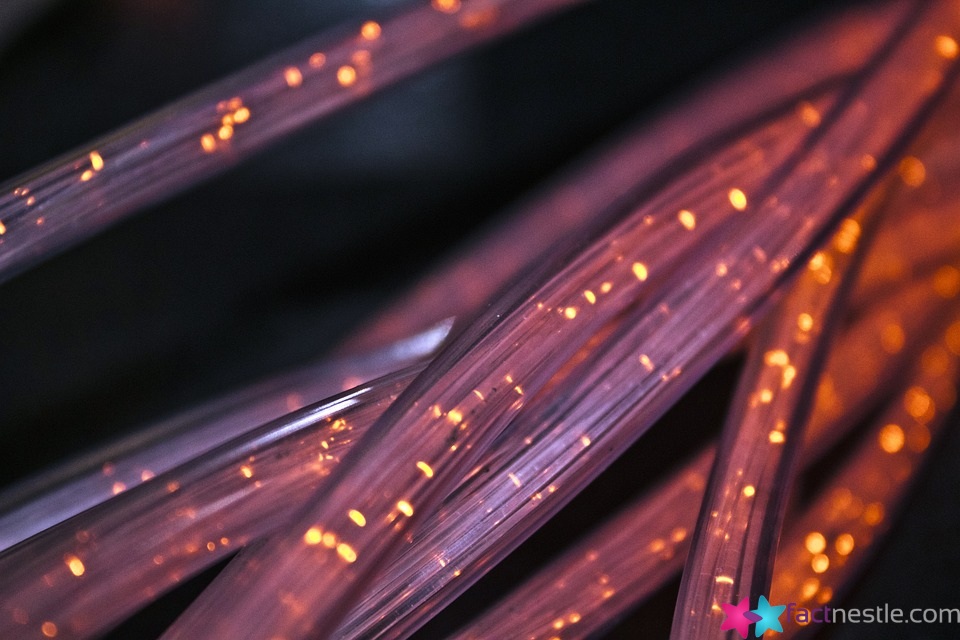The Internet of Things: Connecting the World Through Smart Devices
Introduction
The Internet of Things (IoT) is a concept that refers to the interconnection of everyday devices through the internet, allowing them to send and receive data. This technology has revolutionized the way we interact with the world around us, making our lives more convenient, efficient, and connected than ever before. From smart homes to wearable devices, IoT has become an integral part of our daily lives, connecting us to the digital world in ways we never thought possible.
Smart Devices: A Look Into the Future
With the rapid advancement of technology, smart devices have become increasingly prevalent in our lives. From smart thermostats that regulate our home’s temperature to wearable fitness trackers that monitor our health, these devices have become indispensable tools in our daily routines. The internet has enabled these devices to communicate with each other, creating a network of interconnected gadgets that work together seamlessly to make our lives easier and more efficient.
Benefits of IoT
– Improved efficiency: IoT devices can automate everyday tasks, saving time and energy.
– Increased convenience: Smart devices allow us to control our homes and devices remotely, making our lives more convenient.
– Enhanced connectivity: IoT connects us to the world around us, allowing for seamless communication between devices.
– Improved safety: Smart devices can monitor our homes and alert us to potential dangers, improving safety and security.
The Impact of IoT on Industries
The Internet of Things has transformed various industries, from healthcare to agriculture, by improving efficiency, reducing costs, and enhancing productivity. In the healthcare industry, IoT devices can monitor patients remotely, provide real-time data to healthcare professionals, and improve patient outcomes. In agriculture, smart sensors can monitor soil conditions, water usage, and crop health, leading to increased yields and sustainable farming practices.
Challenges of IoT
– Security concerns: With increased connectivity comes an increased risk of cyber attacks and data breaches.
– Privacy issues: The vast amount of data collected by IoT devices raises concerns about privacy and data protection.
– Interoperability: Ensuring that different IoT devices can communicate with each other effectively is a challenge that needs to be addressed.
– Scalability: As more devices are connected to the internet, scalability becomes a concern, as current infrastructure may not be able to handle the increased demand.
Conclusion
The Internet of Things has revolutionized the way we interact with the world around us, connecting us to smart devices that make our lives more convenient, efficient, and connected. As we continue to embrace IoT technology, it is essential to address the challenges it presents, such as security concerns, privacy issues, and scalability. By overcoming these challenges, we can fully realize the potential of IoT and create a more interconnected world.
FAQs
1. What is the Internet of Things?
The Internet of Things refers to the interconnection of everyday devices through the internet, allowing them to send and receive data.
2. How does IoT benefit industries?
IoT improves efficiency, reduces costs, and enhances productivity in various industries, such as healthcare and agriculture.
3. What are some challenges of IoT?
Some challenges of IoT include security concerns, privacy issues, interoperability, and scalability.
4. How can IoT improve safety?
IoT devices can monitor our homes and alert us to potential dangers, improving safety and security.
5. How does IoT impact our daily lives?
IoT connects us to the digital world around us, making our lives more convenient, efficient, and connected than ever before.


